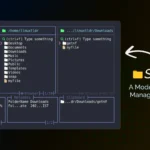How to Kick Out SSH Users from the Linux System
As a sysadmin, when you are working on a remote system or server, multiple users might be accessing the same system via SSH simultaneously. Active users can gently disconnect from the server by issuing the “exit” command in the terminal once they are done with





